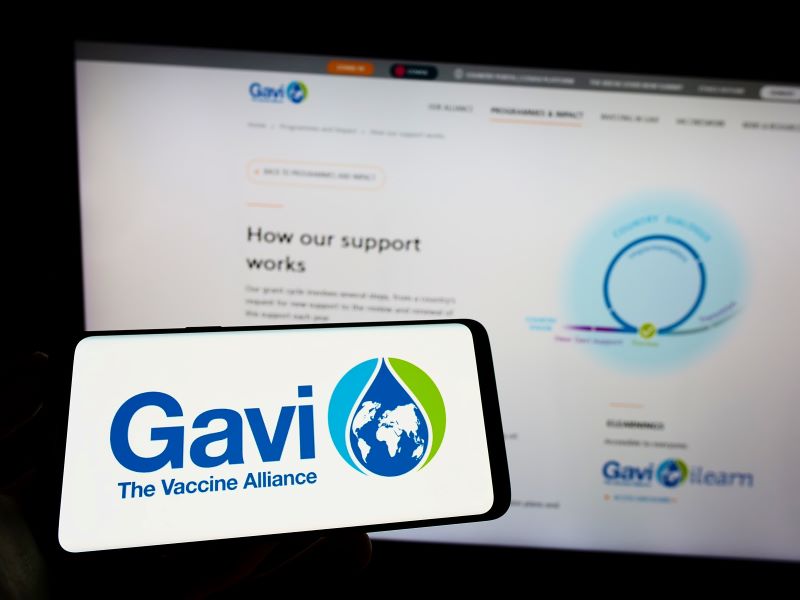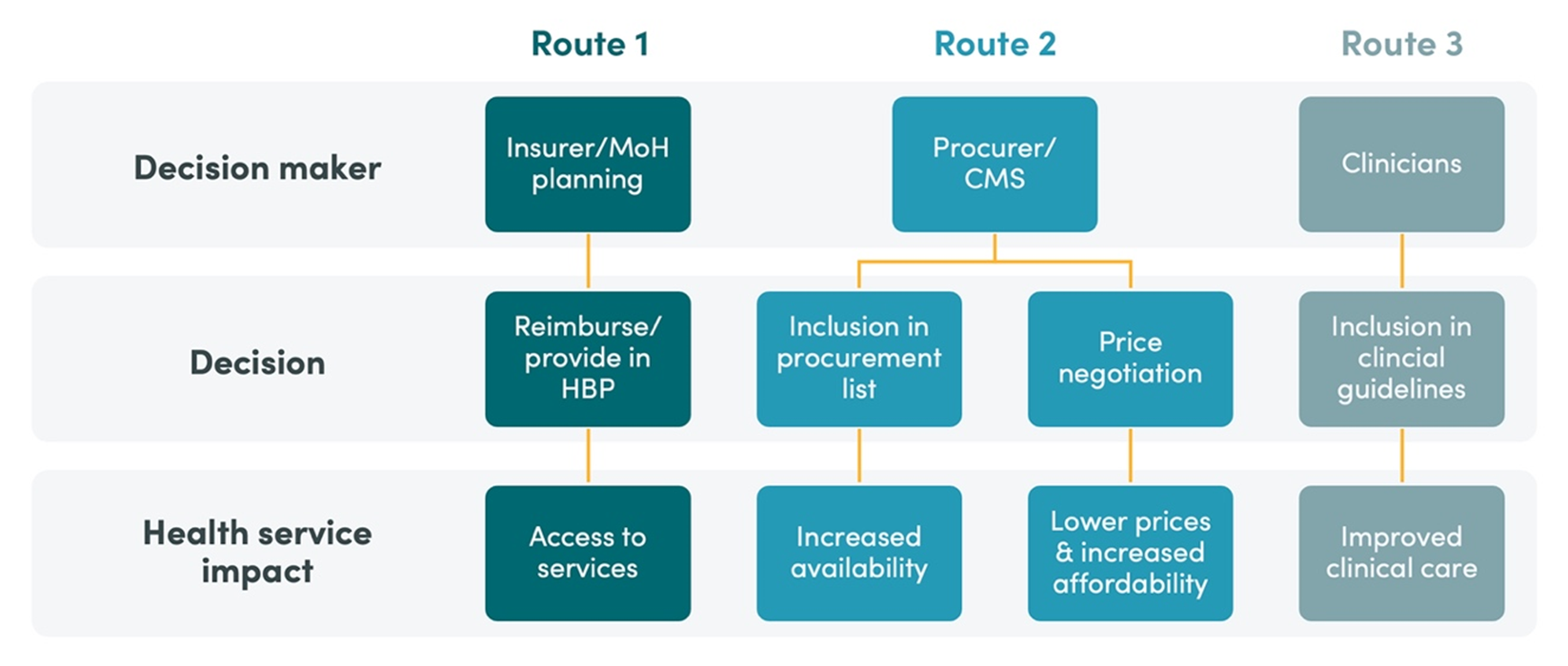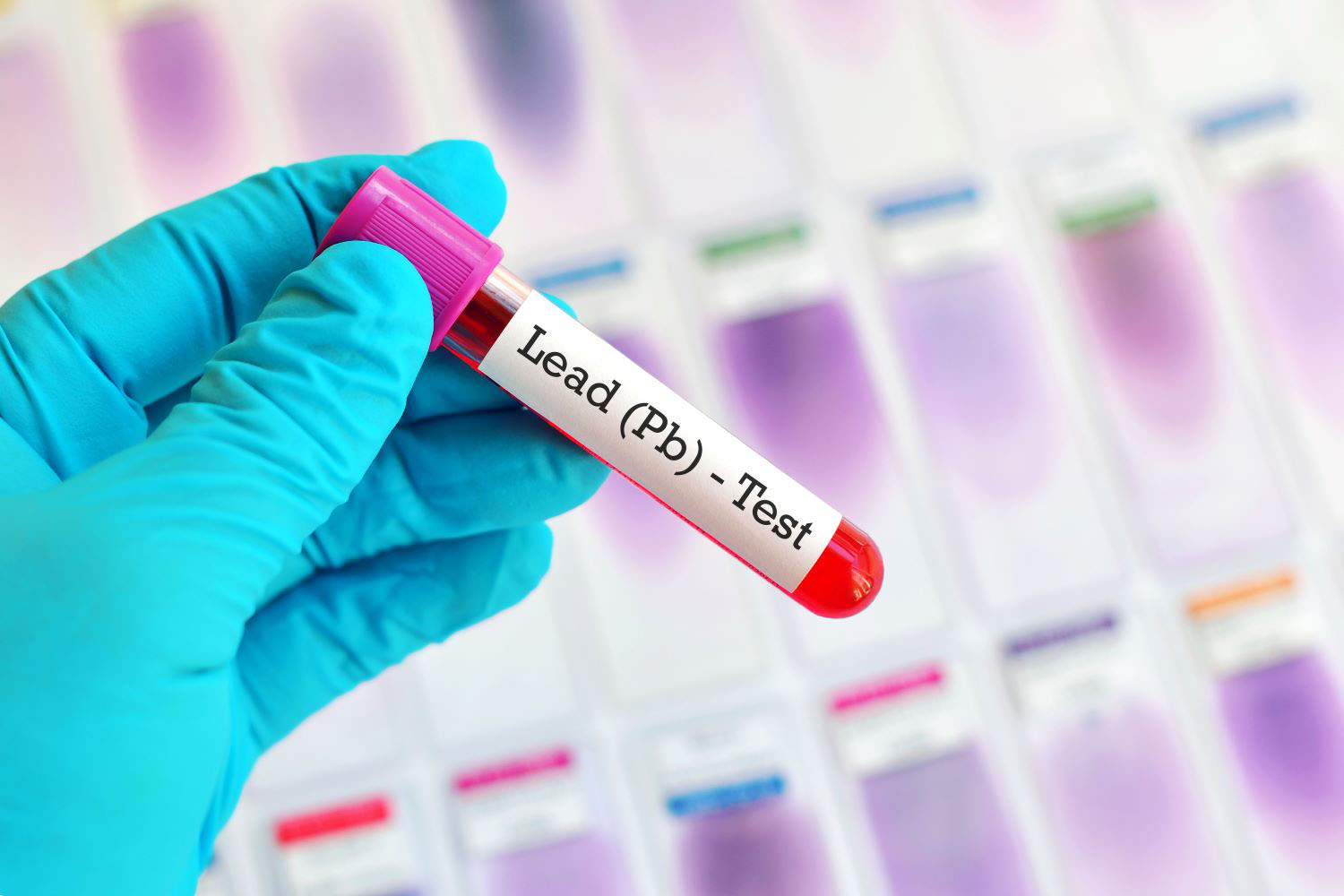Recommended

Event
VIRTUAL
February 29, 2024 9:30—10:45 AM ET / 2:30-3:45 PM GMTSince its launch in 2000, Gavi, the Vaccine Alliance, has leveraged three primary levers to expand equitable vaccine access in lower-income countries. First, Gavi supports introductions of new and underused vaccines. Second, Gavi helps scale equitable immunization coverage rates. Third, Gavi uses an income-based eligibility model to target support to specific geographies.
Gavi’s future impact will continue to depend on how well it delivers across these primary levers. But disruptions on the horizon are exerting pressure on Gavi’s ability to deliver results and value for money in a rapidly shifting global landscape.
In a new CGD policy paper, released today, we call for a new playbook for Gavi to leverage its strengths, mitigate the impacts of disruptions, and remain fit-for-purpose in a changing world. (The paper was first posted in draft form last month and has been revised to incorporate feedback.) Below, we summarize the trends disrupting Gavi’s model and propose seven policy recommendations for Gavi’s board to adjust its approach in the upcoming 2026–2030 strategic period (known as “Gavi 6.0”).
Disruptions on the horizon
Several challenges are exerting pressure on Gavi’s current model, with important implications for its ability to deliver progress towards its mission.
Disruptions to vaccine introductions
Several challenges could undermine Gavi’s core strength in vaccine introductions if not adequately addressed. First, novel vaccines against high burden infectious diseases—such as tuberculosis—are projected to become available soon (see Figure 1), underscoring the need for Gavi and Alliance partners to lay the groundwork now to enable future successful launches.
Figure 1. Anticipated launch of first candidate per vaccine type in the pipeline
Source: "P2I Neglected Disease Vaccine Launches by 2040," Policy Cures Research, October 27, 2023.
Second, the growing portfolio of new—and potentially more expensive—vaccines will likely create additional challenges for countries already facing fiscal constraints.
Third, drawing from the experience of vaccine nationalism during the COVID-19 pandemic, countries in Africa and elsewhere are amplifying calls for regionally diversified manufacturing, regional procurement mechanisms, and greater power in global alliances.
Finally, the evolving global health architecture and rapidly shifting development landscape is reinforcing the need for greater alignment among global health mechanisms to maximize efficiency.
Disruptions to increasing equitable immunization coverage at scale
Gavi has historically struggled to effectively deliver vaccines in fragile and conflict-affected countries, which already constitute a near-majority of Gavi-eligible countries (25/54; 46 percent; see Figure 2)—including more than half of countries in the initial self-financing stage (17/28; 61 percent).
With an increasing prevalence of forced displacement, conflict, and instability, Gavi’s ability to revamp its approach in these settings will be critical to reach un-and under-immunized communities.
Figure 2. Breakdown of Gavi eligible countries by the World Bank’s conflict and fragility classification
Source: Gavi, the Vaccine Alliance; World Bank
To date, Gavi’s support to address immunization delivery, including through health systems strengthening investments, has been small-scale, specific results have been difficult to parse, and support has been slow to disburse and channeled through international partners. Critical gaps in delivery infrastructure will continue to hamper efforts to expand vaccine coverage going forward.
Disruptions to the eligibility model
According to new CGD research, Gavi’s current GNI-based eligibility criteria does not adequately reflect countries’ ability to pay and is also not a good proxy for transition readiness based on countries’ capabilities across different health system functions. Additionally, the current approach does not align well with the burden of diseases, such as tuberculosis and HIV, for which vaccines may soon be available.
Further, former Gavi-eligible and never Gavi-eligible middle-income countries are already home to the highest concentration of un- and under-immunized populations (see Figure 3). And this trend is increasing.
Figure 3. Number of zero-dose children in 2021
Source: Immunization Agenda 2030
Next steps for Gavi
We offer seven policy recommendations for Gavi’s board to leverage Gavi’s strengths, mitigate the impacts of disruptions associated with the three levers, and enable greater agility and effectiveness in the next strategic period and beyond.
Gavi should evolve its approach to transition and eligibility to better target support to countries, including to identify criteria that better reflects a country’s fiscal situation and aligns with the highest burden of disease.
Gavi should continue to advance support for diversified manufacturing capabilities on the African continent, including through operationalizing the recently approved African Vaccine Manufacturing Accelerator. To set it up for greatest success, Gavi will need to work closely with partners to create an effective enabling environment to support a nascent African vaccine manufacturing industry.
Advancing closer partnerships with other global health mechanisms—including the Global Fund, the Coalition for Epidemic Preparedness Innovations (CEPI), and the World Bank/Global Financing Facility—is critical as the potential for overlap between these organizations’ remits is increasing with new vaccines coming online. Such efforts should include exploring a mechanism dedicated to systematically integrating approaches to value for money and evidence-based prioritization.
Gavi’s leadership and board should consider if Gavi’s contribution to health systems could be improved by leveraging Gavi’s comparative advantage in scaling new technologies and in market shaping to fill gaps in critical infrastructure and technological needs.
Gavi should consider allocating a consolidated financing envelope to each country. One portion of this envelope could be dedicated to vaccine procurement. The other segment could consolidate resources across Gavi’s existing funding streams, including health systems strengthening investments. These resources would need to be operationally managed in support of each other to ensure programmatic linkages.
Gavi and partners should consider setting up a distinct entity that could potentially enhance speed, agility, and scope for partnerships with non-government entities required to effectively deliver vaccines in the face of conflict and instability.
Gavi and its partners need to lay the groundwork now to ensure immunization delivery channels are primed to reach older children and adolescents—populations that have not been Gavi’s traditional focus—when new high impact vaccines become available. Deferring platform building beyond the 6.0 period would be a missed opportunity.
Tune in here to the CGD virtual event that builds on this analysis.
Disclaimer
CGD blog posts reflect the views of the authors, drawing on prior research and experience in their areas of expertise. CGD is a nonpartisan, independent organization and does not take institutional positions.
Image credit for social media/web: Looker_Studio / Adobe Stock





